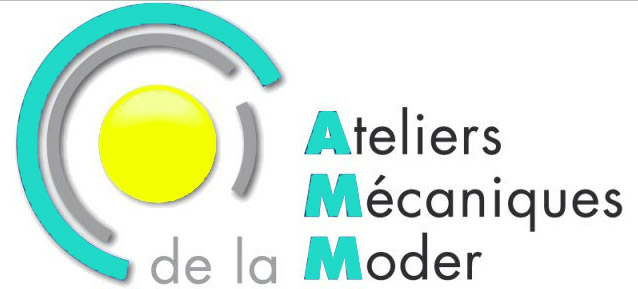Machine specifications:
CNC-Turning machines :
| DAEWOO PUMA 300 | Ø 356 mm – Lg 584 mm – 2800 tr/min |
| DAEWOO PUMA 350 | Ø 451 mm – Lg 1052 mm – 3000 tr/min |
| DAEWOO PUMA 400 | Ø 559 mm – Lg 2027 mm – 2000 tr/min |
| DAEWOO CT250 | Ø 255 mm – Lg 648 mm – 3500 tr/min |
| DAEWOO 2500L | Y Axe C + Axe Y – Ø 6 à 250 mm – Lg 750mm
Embarreur + Passage de broche Ø 70 |
| BETA 800 | Ø 6 à 250 mm – Lg 500 mm |
| MORI SEIKI | Ø 20 à 400 mm – Lg 700 mm |
Hydroelectricity is the term referring to electricity generated by hydropower; the production of electrical power through the use of the gravitational force of falling or flowing water. It is the most widely used form of renewable energy, accounting for 16 percent of global electricity generation – 3,427 terawatt-hours of electricity production in 2010, and is expected to increase about 3.1% each year for the next 25 years.
Wind (primary renewable natural) power harnesses the power of the wind to propel the blades of wind turbines. These turbines cause the rotation of magnets, which creates electricity. Wind towers are usually built together on wind farms. There are offshore and onshore wind farms. Global wind power capacity has expanded rapidly to 336 GW in June 2014, and wind energy production was around 4% of total worldwide electricity usage, and growing rapidly.
A biofuel is a fuel that contains energy from geologically recent carbon fixation. These fuels are produced from living organisms. Examples of this carbon fixation occur in plants and microalgae. These fuels are made by a biomass conversion (biomass refers to recently living organisms, most often referring to plants or plant-derived materials). This biomass can be converted to convenient energy containing substances in three different ways: thermal conversion, chemical conversion, and biochemical conversion.
Notre parc machines au FRAISAGE :
| Course longitudinale | Course transversale | Course verticale | |
| Centres d’usinage | |||
| STAMA MC530 | X1600 | Y350 | Z350 |
| DNM 400 | X762 | Y435 | Z510 |
| VF – 7/40 | X1626 | Y1016 | Z762 |
| Centres d’usinage 5 axes | |||
| DMG / DMU 70 | X780 | Y600 | Z520 |
| DMG / DMU 50 | X500 | Y450 | Z400 |
| DMG / DMU 70 | X780 | Y600 | Z520 |
Hydroelectricity is the term referring to electricity generated by hydropower; the production of electrical power through the use of the gravitational force of falling or flowing water. It is the most widely used form of renewable energy, accounting for 16 percent of global electricity generation – 3,427 terawatt-hours of electricity production in 2010, and is expected to increase about 3.1% each year for the next 25 years.
Wind (primary renewable natural) power harnesses the power of the wind to propel the blades of wind turbines. These turbines cause the rotation of magnets, which creates electricity. Wind towers are usually built together on wind farms. There are offshore and onshore wind farms. Global wind power capacity has expanded rapidly to 336 GW in June 2014, and wind energy production was around 4% of total worldwide electricity usage, and growing rapidly.
A biofuel is a fuel that contains energy from geologically recent carbon fixation. These fuels are produced from living organisms. Examples of this carbon fixation occur in plants and microalgae. These fuels are made by a biomass conversion (biomass refers to recently living organisms, most often referring to plants or plant-derived materials). This biomass can be converted to convenient energy containing substances in three different ways: thermal conversion, chemical conversion, and biochemical conversion.

